Picture yourself kayaking in a calm bay on a dark night. The stroke of your paddle ignites a trail of mesmerizing green and blue light. This extraordinary natural phenomenon is known as bioluminescence and is caused by single-celled algae called dinoflagellates, which produce their own light when disturbed. For a chance to experience the magic for yourself, join a bioluminescence tour in Washington State. Thanks to its miles of coastline, the state is one of the best places in the world to view this subaquatic light show.
When is the Best Time to see Bioluminescence?
Bioluminescence in Washington can be a bit unpredictable. While there’s never a guarantee that you’ll be able to witness this fantastical sight, the summer months of June through August are the most likely times to see bioluminescence – though it’s still possible to catch glimpses in late spring and early fall. This is because the algae thrives on plankton, which prefer warmer, sunlit ocean waters. Secondly, the darker the night, the better the viewing. Paddling during or around the new moon helps maximize visibility. Even if conditions aren’t perfect, you may still be able to spot bioluminescence thanks to cloud cover and other factors.
Where to Experience Bioluminescence in Washington
Hood Canal
A long, narrow finger of water separating the east side of the Olympic Peninsula from the Kitsap Peninsula, Hood Canal is a natural fjord of the Salish Sea fed by a number of freshwater rivers. Paddlers can soak in forested coastline and mountain views while enjoying calm waters. It’s also a fantastic place to see bioluminescence in Washington. Hood Canal Adventures out of Brinnon, which is adjacent to Dosewallips State Park, leads two-hour kayak tours and has had a 100% success rate for viewing bioluminescence for the last four years.
Also See: Best Places for Kayaking in Washington
San Juan Island
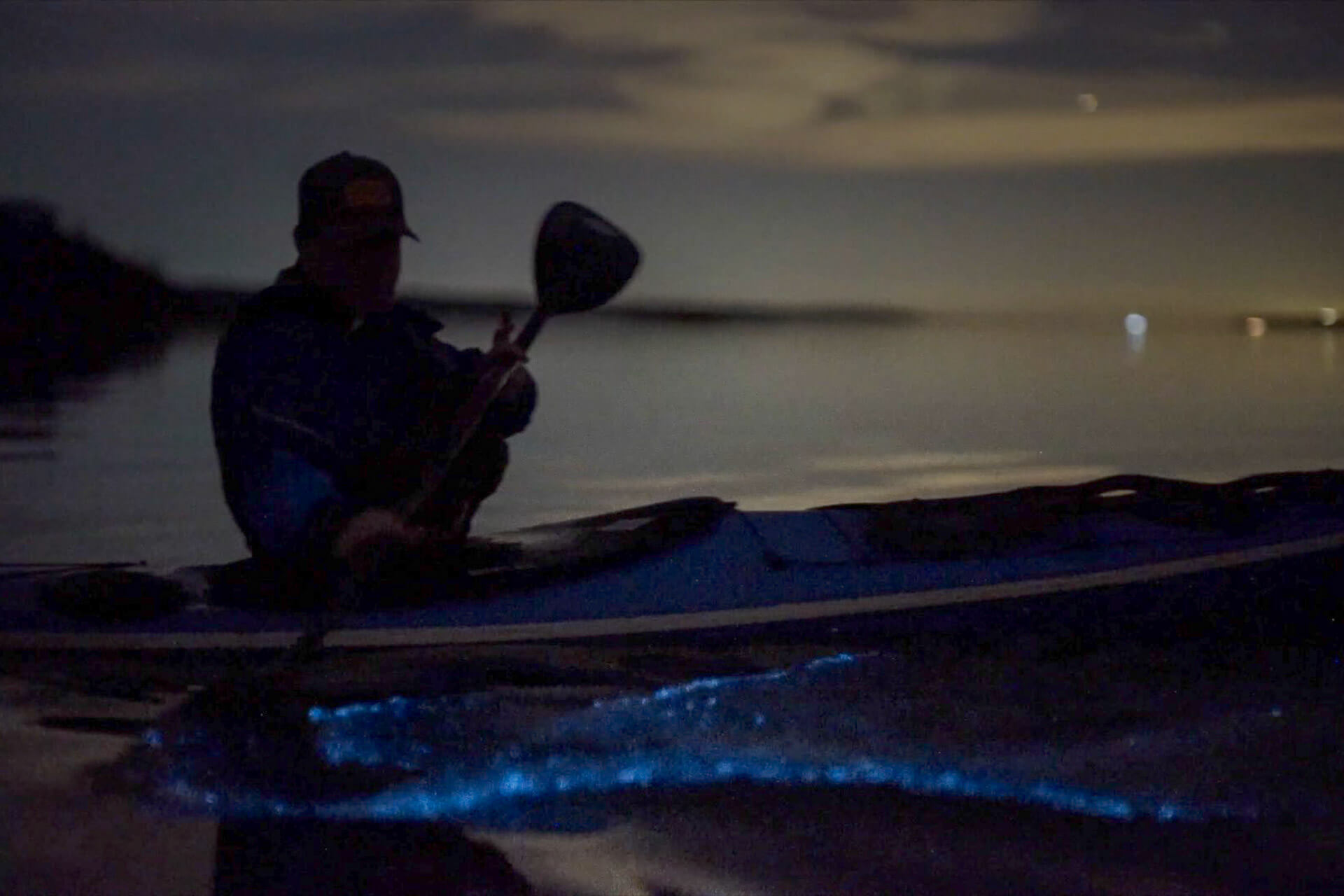
Lonely Planet has named San Juan Island one of the best places in the world to see bioluminescence, and they aren’t wrong. Around the island, tidal exchanges support a particularly robust bioluminescent population. It’s no surprise the island has the most concentrated number of operators running bioluminescence tours in Washington State. In Griffin Bay on the east coast by Friday Harbor, three tour companies run night kayaking trips. Discovery Sea Kayaks (check out their virtual bioluminescence tour) guide trips on specific nights around the new moon. Sea Quest and Outdoor Odysseys offer daily tours, and Outdoor Odysseys also has a special 4th of July paddle that includes viewing the local fireworks show. Over on the northwest side of the island, San Juan Outfitters guide night paddles from Roche Harbor.
Orcas Island
Similar to San Juan, Orcas Island’s sheltered bays provide the perfect place to view bioluminescence. Shearwater Kayak Tours guides bioluminescence trips in Deer Harbor on the western side of the island around the time of the new moon. Right next to Deer Harbor Marina, where the tour starts, you’ll find Deer Harbor Waterfront Preserve – 2 acres of low-bank marine shoreline with walking paths through meadows and forests. Not only is this spot a splendid place to meander before paddling, but it’s a restoration site that attracts birds like bald eagles, osprey, kingfishers, and hummingbirds as well as forage fish that are essential to salmon. If you want to explore the area without a guide, Outer Island Excursions will drop kayak rentals at a number of sites, including Deer Harbor Preserve.
Bellingham
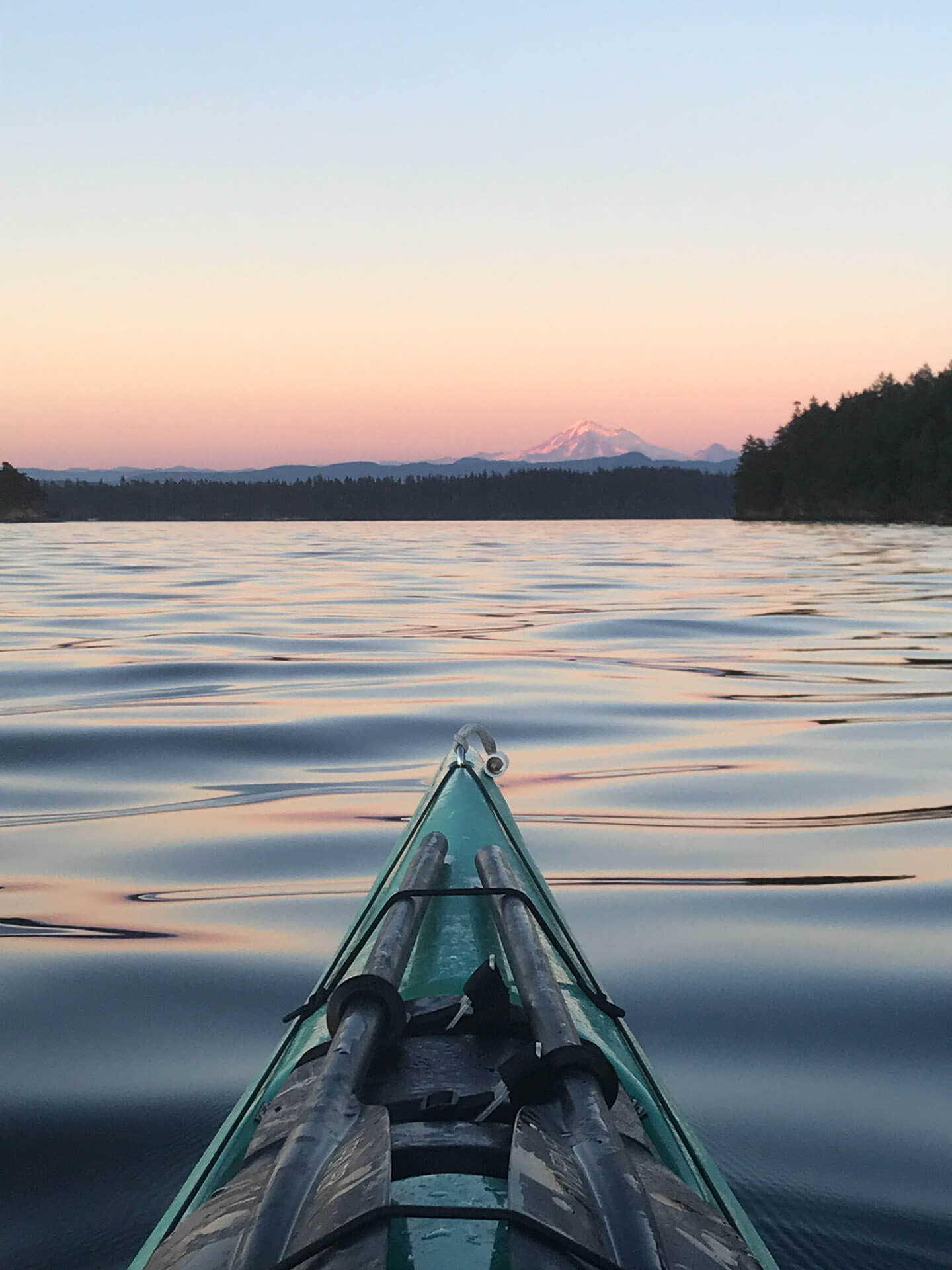
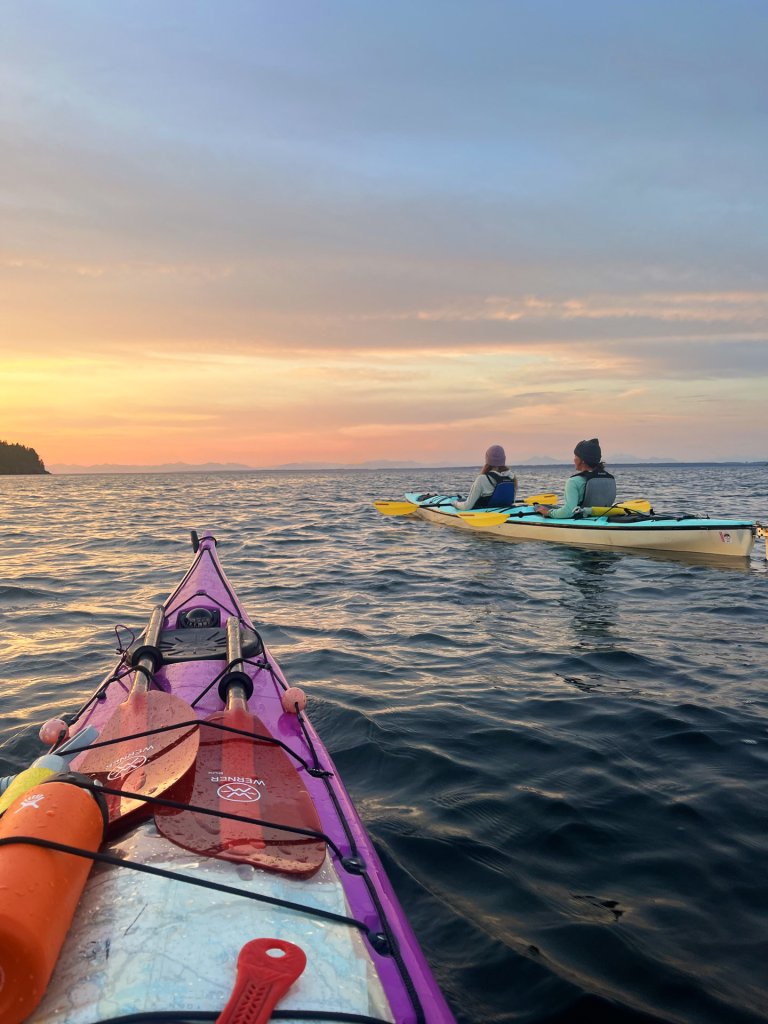
In Northwest Washington near the border with Canada, the waters of the Salish Sea stay relatively calm within Samish Bay. This area is lauded for its mesmerizing show of bioluminescence in Washington. Two kayaking outfits run specialized tours along the sandstone cliffs of Chuckanut Mountain, which surround the bay. See the magic with Moondance Sea Kayak Adventures and Dragonfly Kayak Tours, which both leave from Larrabee State Park (Discover Pass required). Moondance leaves a bit before sunset to enjoy the end-of-day colors, while Dragonfly leaves at dark, immediately entering the miraculous world of bioluminescence. The Community Boating Center on Bellingham Bay rents kayaks and other watercraft for experienced kayakers who want to explore on their own.
Also See: Bellingham City Guide
Fort Flagler
Located on the Olympic Peninsula southeast of Port Townsend and across from Whidbey Island, Fort Flagler Historical State Park enjoys spectacular views of the Olympic and Cascade ranges, as well as the Puget Sound. Originally established as a defensive post on Marrowstone Island at the turn of the 20th century, Fort Flager was revitalized in preparation for World War II before transitioning to a state park where visitors can enjoy history and wildlife. Olympic Kayak Tours guides a bioluminescence tour that departs from the lower campground area. Over the years, the outfit has fine-tuned its method for predicting when bioluminescence will appear, leading to high success rates.
Also See: Discover the Olympic Peninsula
Whidbey Island
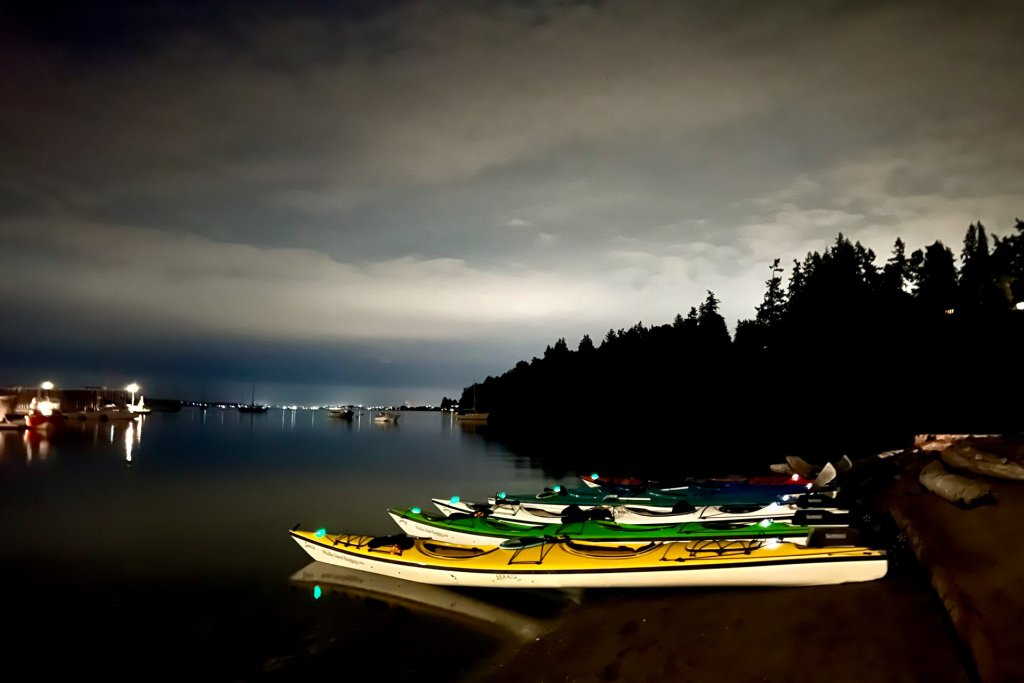
Deception Pass separates Fidalgo Island from the north end of Whidbey Island and is home to the iconic and historic Deception Pass Bridge and Deception Pass State Park (the most visited state park in Washington). Its kelp forests, craggy shoreline, and old-growth trees are home to otters, seals, porpoises, eagles, and hawks. It’s also a great spot to view bioluminescence in Washington. Within the park, Anacortes Kayak Tours guides a bioluminescence paddle from Bowman Bay. The three-hour trip intentionally includes time to catch the sunset over the Olympic Mountains before the underwater light show begins at night. Alternatively, Whidbey Island Kayaking offers bioluminescence tours at a number of choice spots on the southern end of the island. They run these tours in the summer around the new moon when the skies are darkest for best viewing.
Also See: Guide to Visiting Deception Pass
Port Gamble
Near the mouth of Hood Canal, Port Gamble Bay is a stand-out place to see bioluminescence in Washington. Ensconced snuggly by land, the waters are calm, and six Kitsap Peninsula rivers pour into the bay, making much of it an estuarine habitat rich in salmon, herring, and shellfish. In the town of Port Gamble, Olympic Outdoor Center runs bioluminescence kayak tours throughout the summer. Thanks to a 9:30 p.m. start time, you might catch a killer sunset over the Olympic Mountains. If you want to spend a little more time in nature before the tour, check out Port Gamble Forest Heritage Park, which has 65 miles of hiking and mountain biking trails and is skipping distance from the Olympic Outdoor Center.
About the Author
Ellee Thalheimer is a freelance writer and guidebook author based in the Pacific Northwest who has contributed to publications like Lonely Planet Guidebooks, Alaska Airlines Magazine, and Adventure Cyclist Magazine. When she can’t get outside, she writes fiction, drinks local IPAs, and perfects her handstands.
Featured Image Credit: Moondance Sea Kayak Adventures
